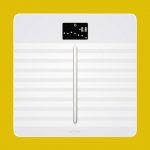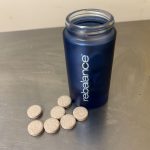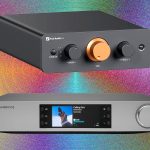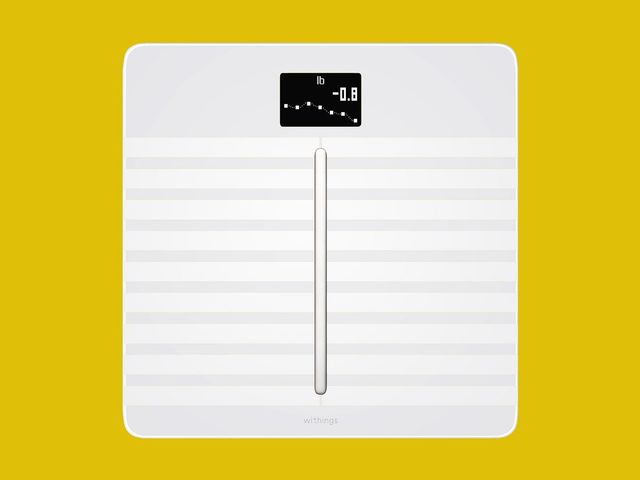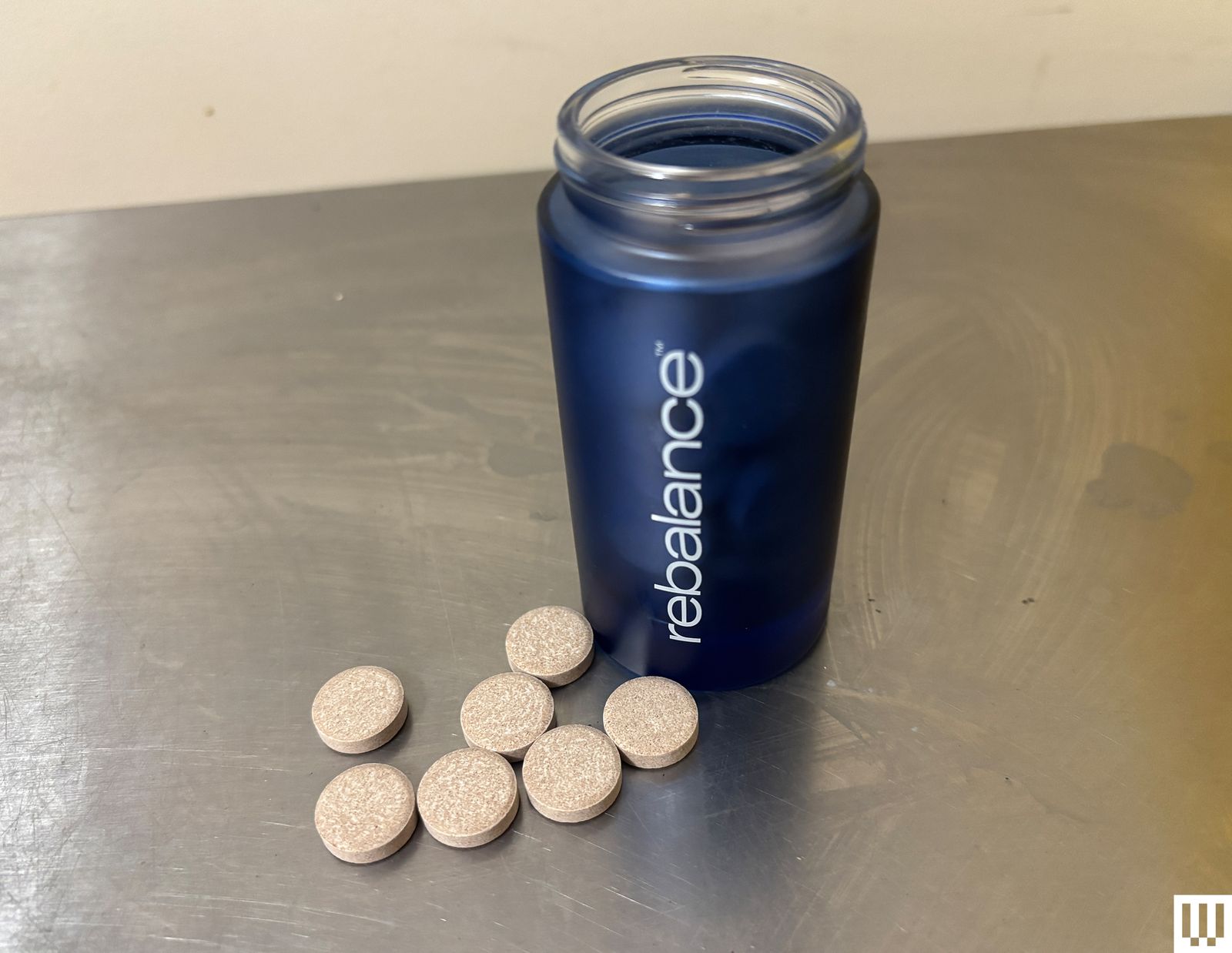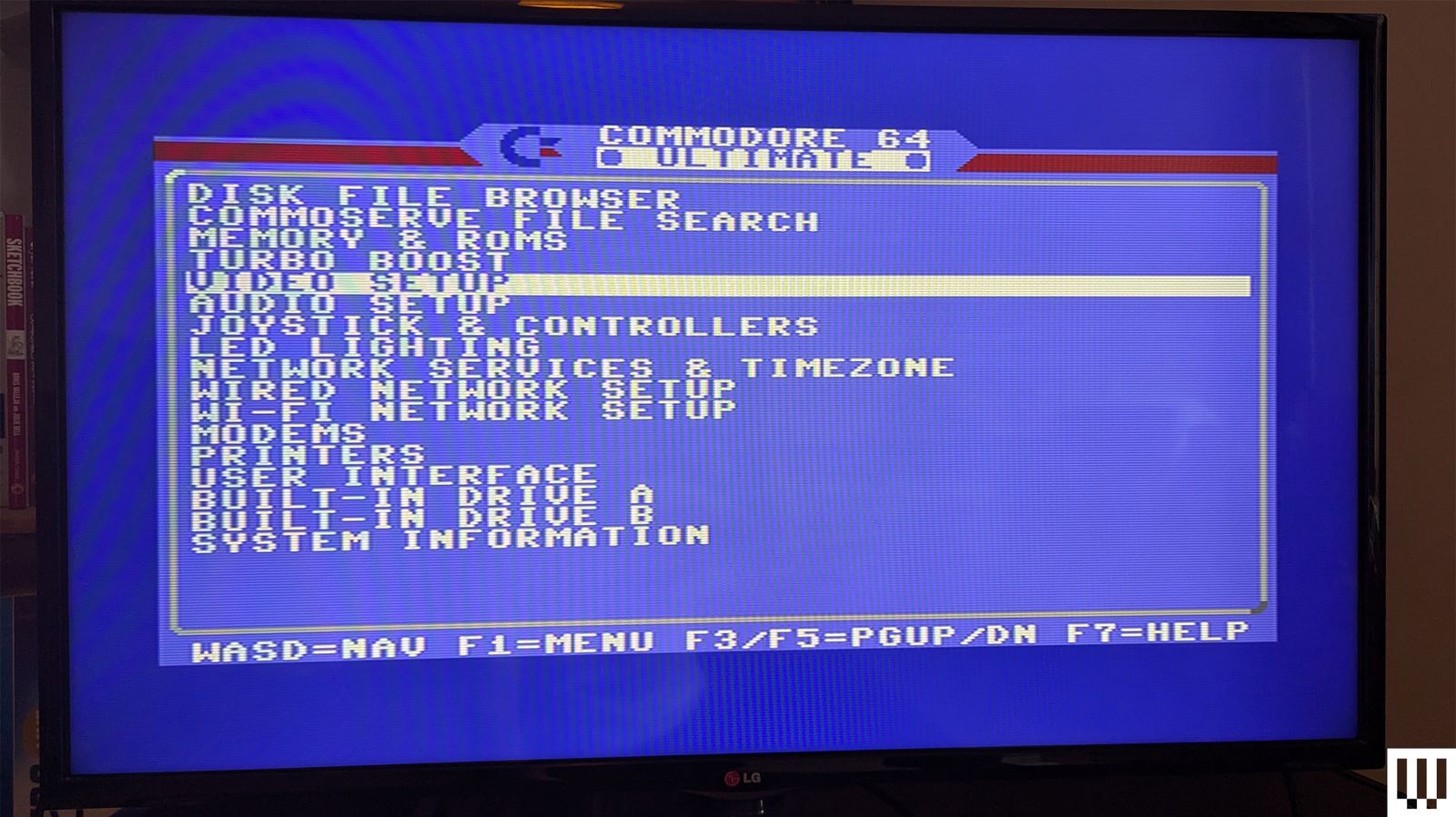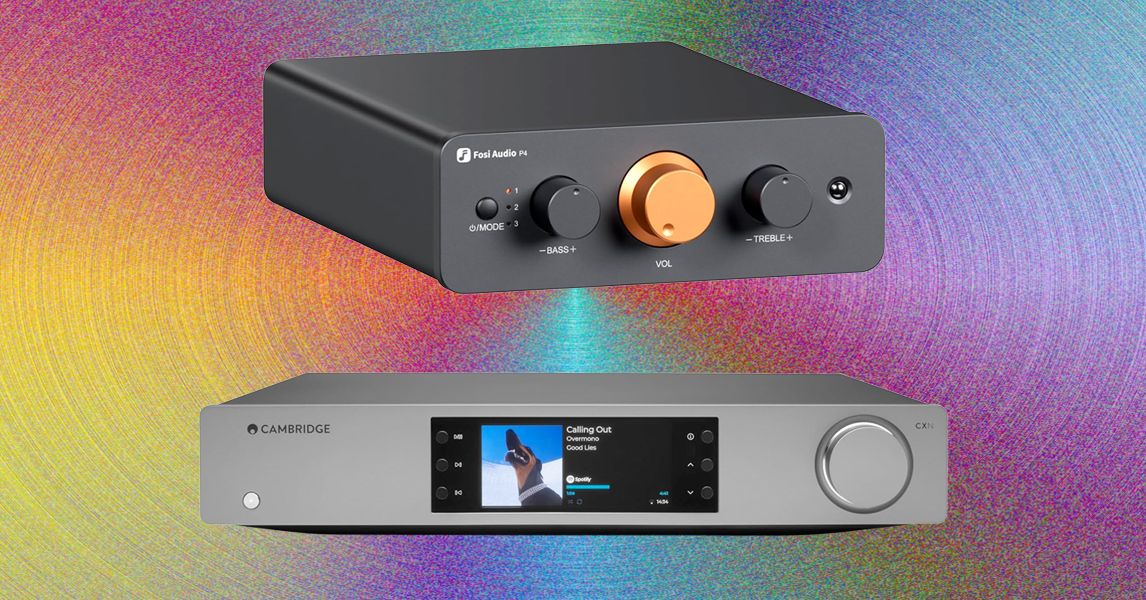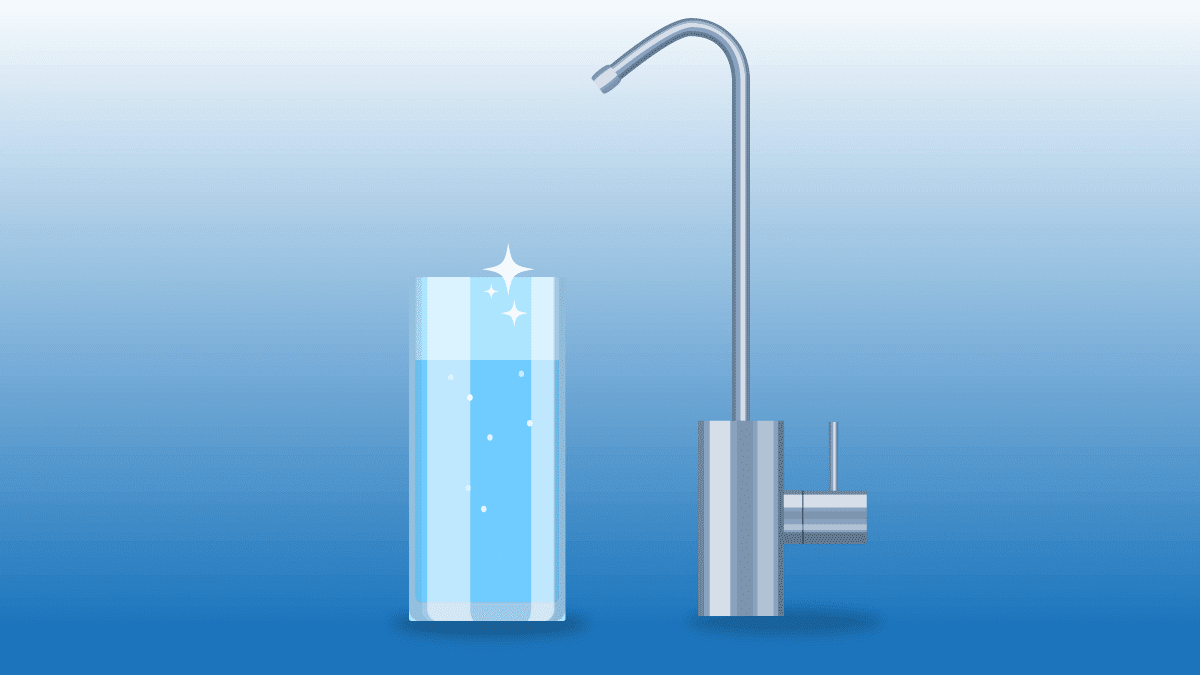
If your water test report indicates the presence of PFAS, or if you just want some peace of mind, a home water filter can be worth considering.
Most water filters that CR tests are designed to improve taste and reduce odors (two of the biggest consumer complaints) by removing common contaminants in tap water. Many are also claimed to reduce contaminants of concern, such as lead and PFAS.
The only way to be sure a water filter will reduce these contaminants, however, is to make sure it’s certified to remove them. This means the product is independently tested and found to comply with an accepted standard specific to that contaminant. Certified products are monitored and subject to follow-up testing by the certifying agency to ensure that the product the consumer purchases will perform the same as the product that was tested.
“To remove a specific contaminant like PFAS from drinking water, consumers should choose a water filtration device that is independently certified to remove that contaminant by a recognized lab,” says John Galeotafiore, associate director of Healthy Living at CR.
Reputable third-party testing organizations include the National Sanitation Foundation (NSF), Water Quality Association (WQA), International Association of Plumbing & Mechanical Officials (IAPMO), UL Solutions, CSA Group, and Intertek (ETL). NSF, WQA, and IAPMO allow you to search for certified products on their websites. Certified products will also bear a seal from the testing organization that identifies which contaminants they reduce. For a filter that can remove PFAS, look for one with the code NSF/ANSI 53 (or NSF/ANSI 58 for reverse osmosis systems), followed by the manufacturer’s claim that the product can remove PFAS.
In our ratings, CR indicates which water filters are certified to NSF standards for reducing lead, chlorine, and PFAS. Galeotafiore warns against filters that make bold claims without evidence of certification.
“Some products may make unsubstantiated claims,” he says. “Some may even show a test report that suggests it supports their claim. But was that a legitimate test, from a legitimate lab, of an actual sample of the product? And even if it was, that report is a one-time occurrence, not the continual monitoring that would occur if a product were certified.”
